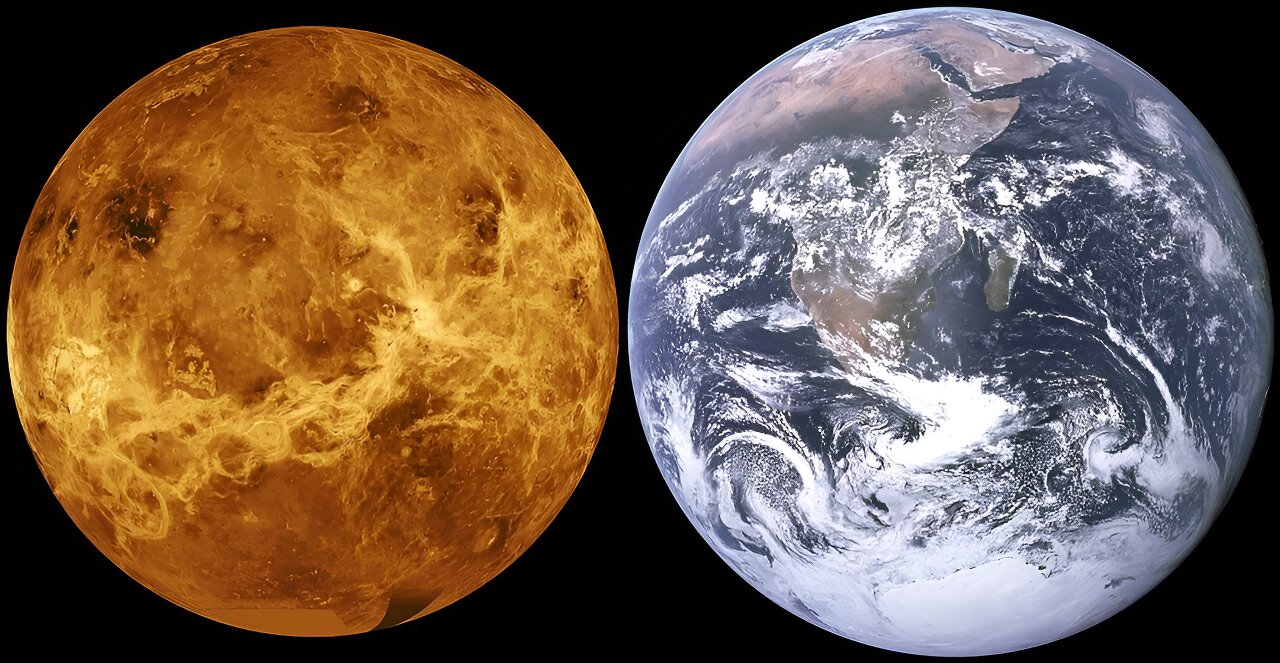team studied a neutron star merger that occurred in 2017. (Representative pic)
In a recent study, scientists in the United States have worked out how close a neutron star collision would have to be to threaten all life on Earth. The event, known as kilonova, is among the most powerful and explosive in the known universe. According to Space.com, scientists explained that this celestial event may pose a serious threat to our planet primarily due to the release of lethal radiation such as gamma rays, cosmic rays and x-rays during these cosmic occurrences.
“We found that if a neutron star merger were to occur within around 36 light-years of Earth, the resulting radiation could cause an extinction-level event,” Haille Perkins, team leader and a scientist at the University of Illinois Urbana-Champaign, told Space.com.
The team of researchers explained that the powerful collision of ultra-dense neutron stars creates a particle blast that would decimate our planet’s ozone layer and make it vulnerable to ultraviolet radiation for the next 1,000 years. Of all the lethal particles tested, the scientists determined that cosmic rays may pose the most viable concern. They explained that the collision in space would instigate the formation of an expanding cosmic ray bubble, enveloping everything in its trajectory and unleashing a barrage of highly energetic, charged particles onto the Earth.
Also Read | Italy Plans For Possible Mass Evacuation As Earthquakes Continue Around A Supervolcano
Equally as frightening are the gamma rays. According to the team, the collision of gamma rays with the surrounding stardust, or the “interstellar medium”, may lead to the emission of X-rays, which possess a similar ionising impact on Earth’s ozone layer.
However, the researchers said that while the duration of these effects surpasses that of gamma rays – making them potentially more dangerous, the Earth would need to be within approximately 16 light-years of the event’s epicentre to experience these consequences. They also reassured that there is no need to panic as Kilonova is considered to be a rare occurrence.
“There are several other more common events like solar flares, asteroid impacts, and supernova explosions that have a better chance of being harmful,” she said.
Notably, according to Space.com, Ms Perkins’ team studied a neutron star merger that occurred in 2017, about 130 million lightyears away, which resulted in a violent spew of particles that were about 1,300 times the mass of Earth. At the time, researchers believed the kilonova could give clues as to how certain heavy elements, like platinum, uranium and gold, came to fruition.

Dr. Sarah Adams is a scientist and science communicator who makes complex topics accessible to all. Her articles explore breakthroughs in various scientific disciplines, from space exploration to cutting-edge research.








